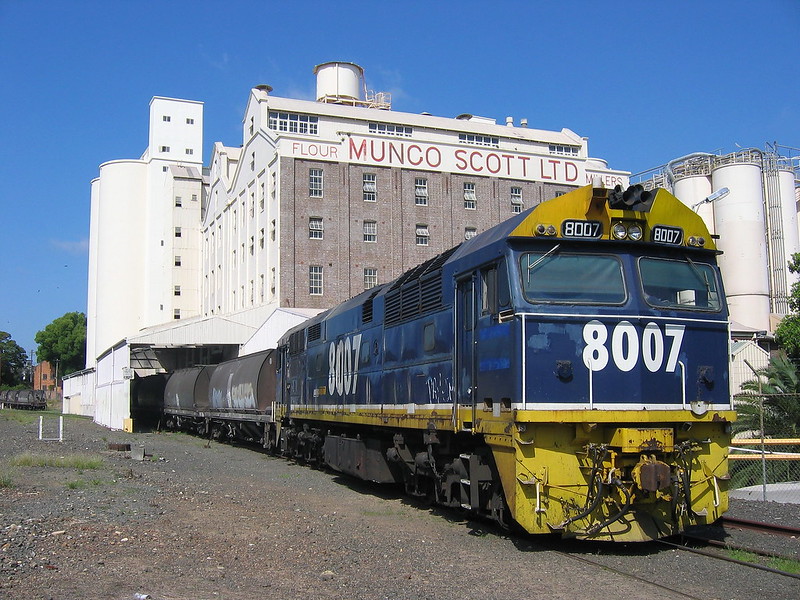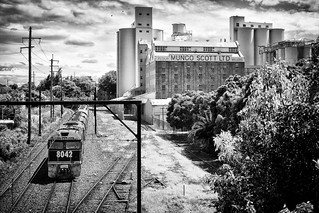Getting old sucks. In some aspects, it’s truly great in that you have perspective (time on the planet) to measure against. My eyesight is not enjoying its perspective. However, today my workspace has seen the light…
What’s new
Modelling later in the evening, when the space is quiet, and others are in bed and I can lose myself in the moment, is my favourite and most productive time. Of late, I have not been able to work past sunset. My original light, a sunlight fluorescent lamp, just wasn’t up to helping me see.
Thanks to the IKEA Tertial Work Lamp and their RYET (4000K) LED lamps, I now have a very well lit, energy-efficient space and better lighting for photography to boot. Here is the before and after shot showing the (very messy) space. Note that both images are untouched, exactly as they came from my phone camera.
Before
After:
The work lamp was only A$14.95, and the LED globes only A$8.00 a pair. Frugal as always, and yet a great outcome. So no more tired eyes for me and more modelling time after dark. That’s a major win.
Work in progress
There’s not been much in-progress work of late. That will change now that I can see. I have plans to complete the O Gauge Shunter locomotive over the next week or two, prepping her for final paint, and finishing. Then it is on to more locomotive projects including the:
- 1/4″ O Gauge GP38-2 projects ( 2 x Weaver 2 Rail Units mentioned here on my modelling site)
- 1/4″ O Guage EMD F9 (2 x Atlas by Roco 2 Rail units from the 1970s) mentioned here on my modelling site
HO scale sees:
- 2 Bachmann 70 Tonners (DCC but no sound) that need to be repainted, numbered and lettered for use,
- some more freight car projects including more work on the Australian freight wagons that I’ve started but not yet finished, and I’m sure there’s more, but I’ve lost the plot for now and I’ll close out here.
Completed
Nothing to report for June 2021
Resources
- IKEA (AU) Tertial Work Light (Blue)
- IKEA (AU) RYET LED bulb E27 806 lumen (2 Pack)
Staying in Contact
Interested in keeping in touch or discussing posts, pages and ideas? You can do that in a couple of ways:
- Drop me a line using the form on our About page here at the site
- Connect with us on the Andrew’s Trains page on Facebook






















 Ian Atkinson and Chris Towers’ of Broadford Model Railway Club own the layout presently. The layout, built originally in basic form by Ian Futers, is in the process of being enhanced by the present owners. A Scottish 1950-1970s era layout with a station, goods facilities and just four turnouts comprises two 4′ 6″ scenic boards and a 4′ 6″ fiddle yard with a three road traverser board.
Ian Atkinson and Chris Towers’ of Broadford Model Railway Club own the layout presently. The layout, built originally in basic form by Ian Futers, is in the process of being enhanced by the present owners. A Scottish 1950-1970s era layout with a station, goods facilities and just four turnouts comprises two 4′ 6″ scenic boards and a 4′ 6″ fiddle yard with a three road traverser board.